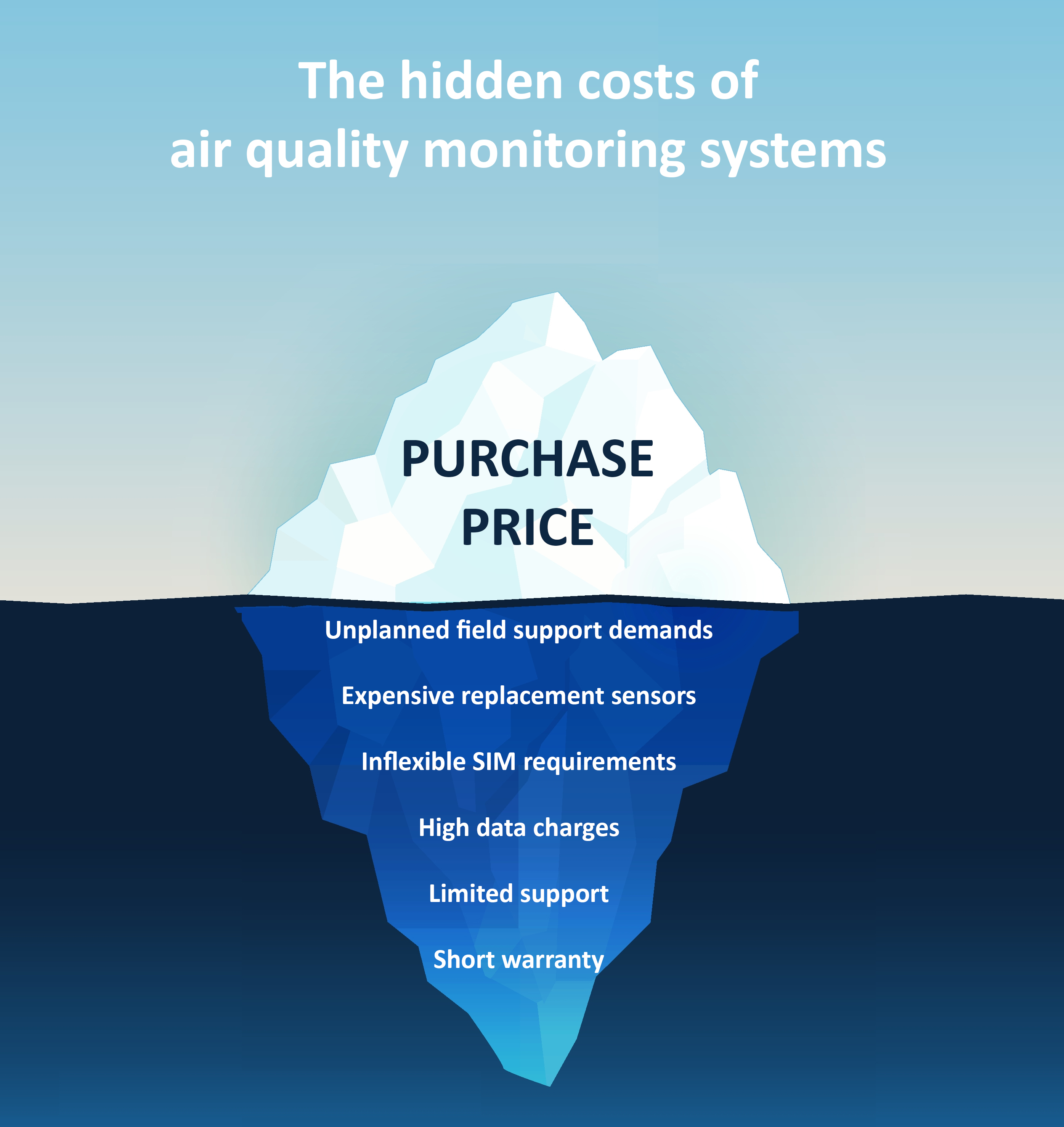 A study published in the Journal of the American Medical Association has found that long-term exposure to poor air quality can have the same damaging effect as smoking 20 cigarettes a day, with air pollution shown to be more dangerous than passive smoking.
A study published in the Journal of the American Medical Association has found that long-term exposure to poor air quality can have the same damaging effect as smoking 20 cigarettes a day, with air pollution shown to be more dangerous than passive smoking.
Many employees are exposed to poor air quality on a regular basis and employers are often unaware of the risks and what they can do to manage them. A new generation of air quality monitoring equipment is now available for measuring the levels of common air pollutants in the immediate areas where staff are working.
Employees working close to areas of high road traffic, particularly with poor air circulation, are especially vulnerable to the effects of pollution. As well as being trapped indoors or brought in through ventilation systems, pollutants can also build up in outdoor spaces, particularly in cities with high buildings, leading to exposure levels which may exceed limits set by the World Health Organisation (WHO).
Diesel fumes were classified as a Class 1 Carcinogen by the WHO in 2017, after it found that people exposed to diesel fumes at work were up to 40% more likely to develop cancer. As such, employers can now be sued if their employees develop cancer later in life as a result of exposure, as reported by The Sunday Times following the reclassification.
The EU limits for nitrogen dioxide (NO2) exposure are 40µg/m3 annually and 200µg/m3 in an hour, no more than 18 times in a year. Many official measurement stations in cities worldwide report NO2 above the annual limit but less is known about local levels of this pollutant. Because NO2 is produced as a direct result of a source, such as traffic exhaust or diesel generators, levels of NO2 regularly exceed the hourly limit when measured in ‘hotspots’, such as busy road junctions, where it is not practical to install a large air quality measurement station, or on a private site.
Previously, air quality has been likened to passive smoking. The International Agency for Research on Cancer (IARC) determined in 2013 that air pollution is more dangerous than passive smoking, and was now the leading cause of cancer. At the time, the IARC’s Kurt Straif told the South China Morning Post “The air we breathe has become polluted with a mixture of cancer-causing substances. We consider this to be the most important environmental carcinogen, more so than passive smoking.”
Measuring ozone (O3) as a part of an air quality monitoring routine is also becoming increasingly important, especially in hotter climates and areas of increased VOC emissions. O3 at ground level is dangerous and is formed by reactions with nitrogen oxides (NOx) and volatile organic compounds (VOCs) from traffic and industrial emissions in the presence of sunlight. This means hotter, sunnier weather can dramatically increase O3 pollution in urban and industrial areas. The WHO currently states the daily limit of O3 levels to be 100μg/m3 over an 8-hour mean and advise that prolonged exposure to high levels of O3 can have severe effects on human health. These include asthma, inflammation of the airways and reduced lung functionality, just as the recent studies comparing air quality to smoking has found.
Senior co-author of the study Dr Joel Kaufman, from the University of Washington, said: “We were surprised to see how strong air pollution’s impact was on the progression of emphysema on lung scans, in the same league as the effects of cigarette smoking, which is by far the best-known cause of emphysema.” The professor of environmental and occupational health sciences and epidemiology added: “We really need to understand what’s causing chronic lung disease, and it appears that air pollution exposures that are common and hard to avoid might be a major contributor.”
Teams responsible for protecting staff from exposure to hazards can now understand exposure in relevant locations by installing compact air quality monitoring equipment designed to continuously measure pollution levels in ambient air.
AQMesh pods are small, wireless units which can be mounted on a lamp post, fencing, wall or a similar mounting point close to where staff are breathing potentially polluted air, both indoors and outdoors. Air quality readings are secure and confidential, accessed online by authorised personnel only.
AQMesh has been used on building sites, industrial sites and at roadside locations worldwide, as well as measuring the air intake into office buildings, in order to monitor the air quality of employees working in these areas on a daily basis and helping to protect them.
—–




